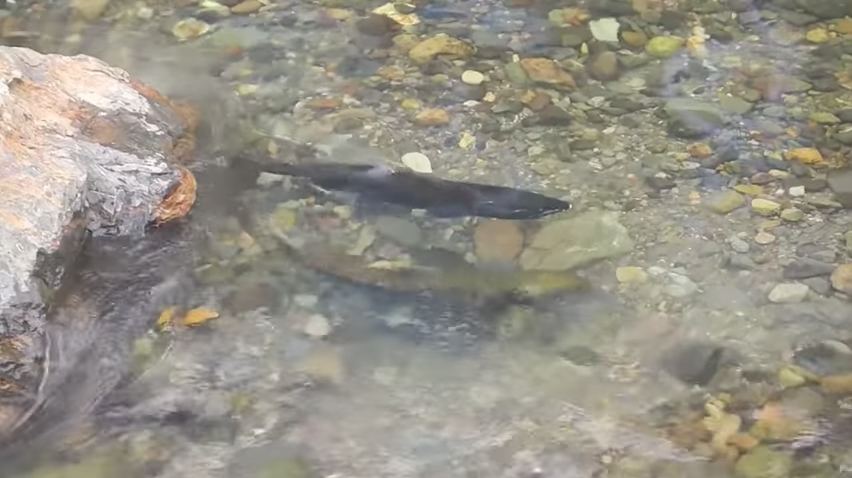About this time every year, anglers in Idaho start watching the numbers of steelhead topping Bonneville Dam on the Columbia. Every steelhead bound for the Gem State has to pass over Bonneville Dam and several more dams, including four on the Lower Snake, before finding their way into the Salmon and Clearwater rivers to spawn and make the next generation of ocean-going rainbows. And, of course, these prized fish are targeted by anglers in both rivers.
The same is true for chinook salmon—once over the dams in the spring, they disperse throughout these river systems to spawn over the sunmmer and eventually die, completing one of the most miraculous and complex life cycles on the planet.
While the dams on the Snake have long been a physical obstacle for salmon and steelhead—both heading to the ocean and returning from it—Trout Unlimited has identified other challenges to wild ocean-going fish in upstream spawning and rearing habitat, and our team and our partners are working to address them.
In the video above, TU staffer Cassie Wood walks us through a massive restoration project on the Yankee Fork in the upper Salmon River drainage. The Yankee Fork is a historically signicant mining district in central Idaho—the dredge on the river ran for a decade in search of gold and was one of the more prosperous operations of its kind at the time. Sadly, the scars from old mining operations hindered the habitat for returning salmon and steelhead.
Starting in 2011, TU and our partners began a huge restoration project on the Yankee Fork. Six years later, after moving tons and tons of earth and rock and restoring woody debris to the river, results are good. While much work is left to be done, the positive impact the work has had on the drainage is palpable.
“As soon as the fish come in,” Wood says, “you know that you did something right.”
If seeing fish back in the Yankee Fork is an indicator of success, Wood and her team are doing things right.
— Chris Hunt



